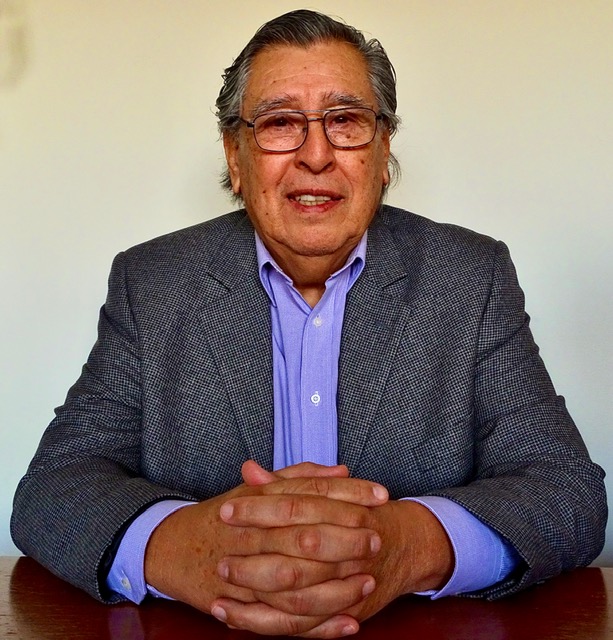By Exequiel Sanhueza*
In the history of humanity, the population has been plagued by various epidemics and pandemics; some with greater consequences than others, but always leaving a high percentage of mortality. Also, there have been other types of crisis, such as the oil crisis in October 1973 generated as a result of Israel’s war against Egypt and Syria; the financial crisis of October 1987, the day the most important stock markets in the world collapsed; the crisis of July 1997 that produced the demise of the Asian miracle; the terrorist attacks in the United States of September 11, 2001, which changed our way of flying; and finally and most recently, the crisis of September 2008 when, as a result of the bankruptcy of the financial giant Lehman Brothers, major economic indicators dropped suddenly.
However, the current Covid-19 pandemic has wreaked havoc on the world, generating a political and social problem, the consequences of which have yet to be seen. In the immediate term, this health emergency has had an impressive impact on the world of commercial aviation, with nearly 20,000 aircraft grounded and thousands of jobs lost, both in the aviation industry and in the tourism industry.
States, more or less, are supporting air operators. IATA is working with different governments to get this industry back on its feet in the safest possible way, protecting both passengers and flight and crews.
Although there has been a lot of discussion about social distancing inside the planes, there are already operators that have indicated that they will leave the middle seat empty. Also, protocols are being studied at airports that would be marking the separation between passengers while they line up for check-in. In some airports, rapid tests are already being carried out on passengers before boarding, always with the obligation to wear face masks, both on the ground and while flying. All these measures are to prevent the spread of the virus on airplanes, especially at times like this, where possible outbreaks of Covid-19 in the world are still a possibility.
Aircraft manufacturers point out that air conditioning systems on planes have HEPA (High Efficiency Particle Arrester) filters, which remove 99.9% of particles such as bacteria, fungi and viruses of the size of Coronavirus. This evidence suggests that the possibility of becoming infected on board is very low, since every time an air particle enters a plane, it takes 2 to 3 minutes to exit.
But what will happen to the aircraft and pilots that remain on the ground? Placing airplanes that have been grounded for so long means an arduous task on the part of the maintenance personnel, and also implies a high cost. This process takes approximately one week, unless the civil aviation authorities issue some complementary directive, which extends this process for the benefit of flight safety.
Regarding crews, they must also comply with a minimum number of flight hours, as well as a number of takeoffs and landings. To do this, operators must re-train pilots to comply with regulations, which would eventually mean the use of flight simulators. If the operator does not have flight simulators at its base of operations, it will have to be done in training centers far from their countries, which will also mean additional waiting time for the opening of the borders and a high cost.
Finally, being more objective, despite the great danger that this virus has presented to humanity, never in the last decades have our skies been so clean and free of greenhouse gases, which have been ironically so harmful for humanity. This consequence should be taken as a starting point by aircraft manufacturers, in order to accelerate the design of commercial electric aircraft, which would result in a great contribution by the industry to the environment, as a consequence of this crisis.
(*) Exequiel Sanhueza, is a retired Airline Transport Pilot. He currently works as a Professor at the Institute of Aeronautical Training (ICA), in Cordoba, Argentina.

